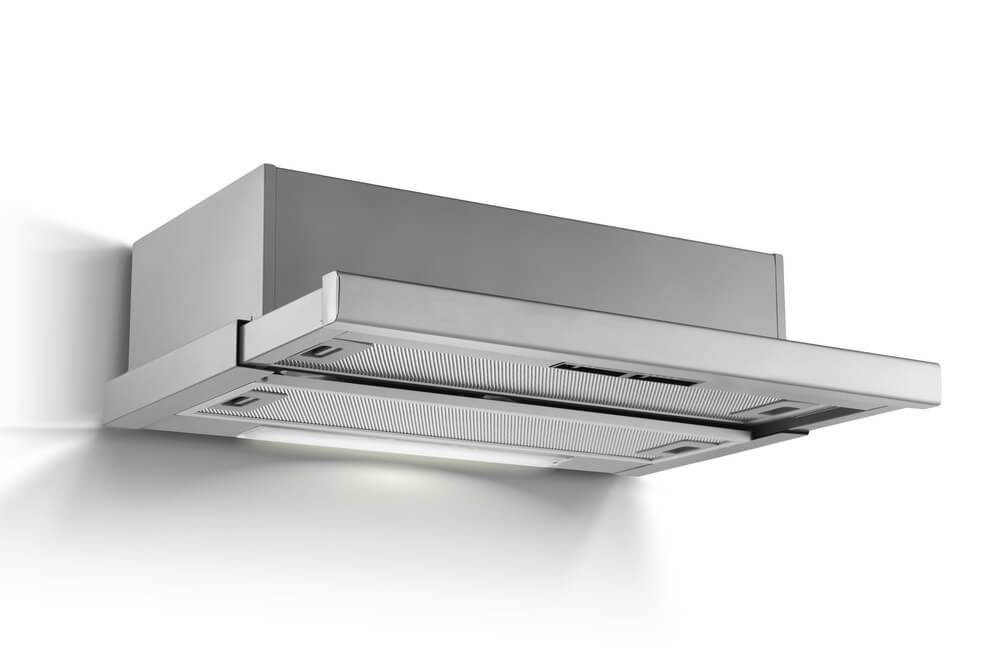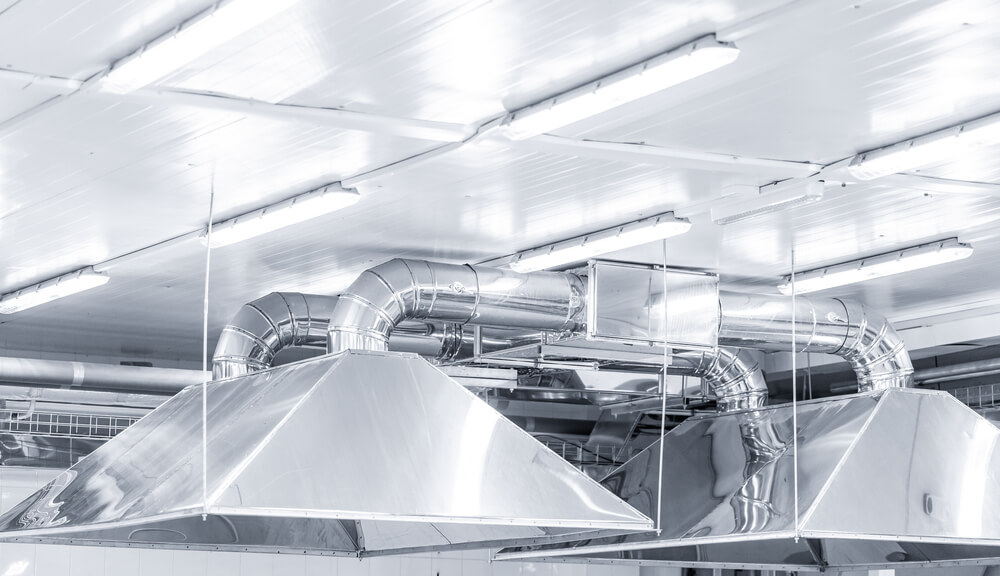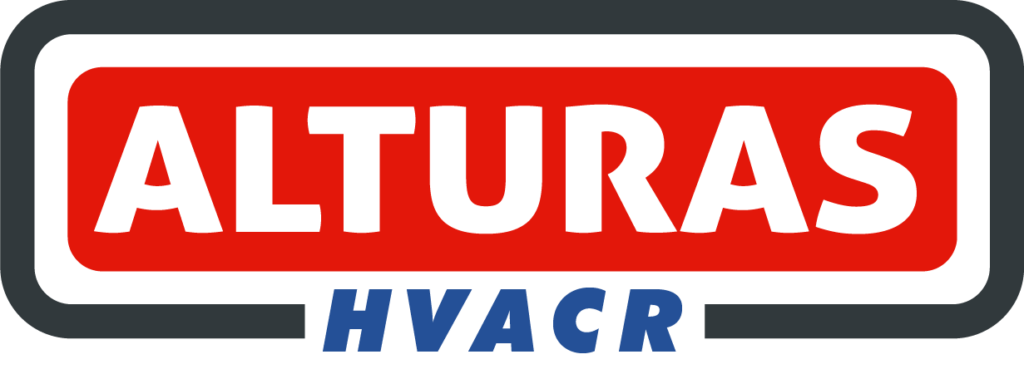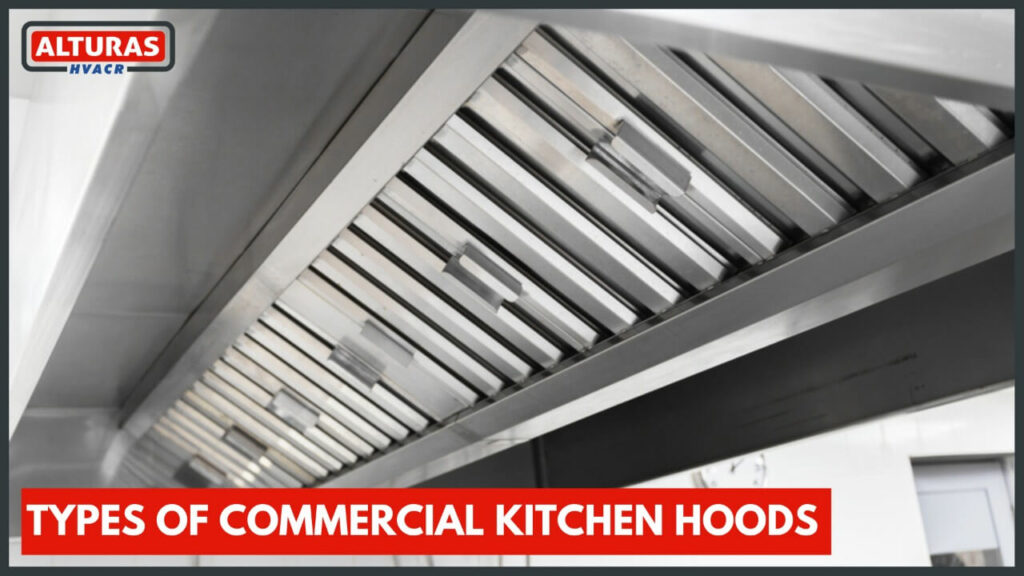You might think that commercial kitchen hoods are a simple piece of equipment. However, choosing and installing the right one can be surprisingly complex. Local building codes often have strict requirements for these crucial ventilation systems. The first and most important step in this process is understanding the types of commercial kitchen hoods.
This knowledge will guide you in selecting the most suitable hood for your specific needs, ensuring a safe and efficient kitchen environment.
Importance of Kitchen Hoods in Commercial Kitchens
Commercial kitchens are bustling environments filled with constant heat, moisture, and airborne contaminants. Kitchen hoods play a critical role in maintaining a safe and comfortable workspace for chefs and staff. These ventilation systems perform a multitude of essential tasks:
- Exhaust Pollutants: Grease, oil vapors, smoke, and cooking odors are effectively removed from the air, preventing them from accumulating and creating health hazards or unpleasant working conditions.
- Temperature Regulation: Kitchen hoods help regulate temperature by exhausting hot air generated by cooking equipment. This keeps the kitchen cooler and more comfortable for employees.
- Fire Prevention: By capturing grease particles before they enter the ventilation system, Type 1 hoods significantly reduce the risk of kitchen fires.
Understanding the two main types of commercial kitchen hoods will empower you to make informed decisions for your restaurant’s ventilation needs.
Types of Commercial Kitchen Hoods

There are two primary types of commercial kitchen hoods, each designed for specific applications:
1. Type 1 Hoods (Grease Hoods)
Type 1 hoods, often referred to as “grease hoods,” are the workhorses of commercial kitchens. They are specifically designed to handle the removal of grease, oil, and smoke, along with heat, moisture, and cooking odors.
Here’s a closer look at the key features of Type 1 hoods:
- Grease Filtration: Type 1 hoods employ a series of removable baffle filters. These filters effectively capture grease particles before they can enter the ductwork, preventing grease buildup and fire hazards.
- Required Appliances: Building codes mandate the use of Type 1 hoods over specific cooking appliances that produce large amounts of grease and smoke. These include woks, fryers, charbroilers, grills, and griddles.
- Versatility: While primarily designed for grease removal, Type 1 hoods can also effectively handle heat, moisture, and odors generated by a variety of cooking equipment, making them a versatile choice for most commercial kitchens.
2. Type 2 Hoods (Condensate Hoods)
Type 2 hoods, also known as “condensate hoods,” are designed for a different purpose. They primarily focus on removing heat, moisture, and cooking odors, but lack the grease filtration capabilities of Type 1 hoods.
Let’s find the specifics of Type 2 hoods:
- Application: Type 2 hoods are ideal for use over appliances that produce minimal to no grease, such as dishwashers, steam tables, convection ovens, and boiling pots. They effectively remove steam, heat, and odors generated by these appliances, helping to maintain a comfortable work environment.
- Filterless Design: Unlike Type 1 hoods, Type 2 hoods do not require grease filters. This simplifies maintenance and reduces ongoing costs associated with filter replacement.
Complete Restaurant Hood Installation Guide
8 Common Styles of Commercial Kitchen Hoods

Various styles of kitchen hood systems are available in the market. Your choice of a range hood should depend upon your type of kitchen, your kitchen size, the layout of your kitchen, the location of your cooktop, your cooking preferences, and your budget.
Undercabinet Hoods
Undercabinet, range hoods are installed under the bottom of a kitchen wall cabinet above the cooktop. Undercabinet hoods come in many styles and strengths. They can be ducted or non-ducted. Cost-effective and easy to install, the canopy or undercabinet range hoods send smoke and fumes out of the wall or up through the ceiling. Some models recirculate the air, so this makes them easier and less expensive to install.
Wall-Mounted
These hoods are similar to undercabinet hoods but the difference is that they mount to the wall instead of the cabinets above. These hoods are an option when there are no cabinets over the range.
Chimney Range Hoods
The chimney range hood consists of a range hood over a stove, with a vertical flue, or chimney, that rises from the top of the hood. The chimney continues to run through the kitchen ceiling, attic, and out of the roof. If you have cabinets fixed above the range, you’ll need to remove them to install this type of hood to fit and function properly.
Chimney range hoods can be located anywhere in the kitchen. They can be installed even in the middle of the kitchen over an island. Chimney hoods contribute to the overall look of the kitchen and can make a style statement.
Island Hoods
A ductless island range hood attaches to the ceiling. It collects the smoke, filters the air, and pushes it back into the room. That air is much cleaner than it was before. This is often the preferred option for easy installation. Island hoods should be wider than the cooking surface as they lack a wall or cabinets alongside them to help funnel fumes.
Downdraft Hoods
A downdraft hood is hidden in the cooktop and pops up when in use. These hoods are designed to eliminate the need for an overhead vent. These systems help capture rising smoke, fumes, steam, grease, and odors at the cooking surface. It then exhausts them through range hood ducts running beneath the floor and out of the kitchen before they can escape into the air. Although they can be used anywhere in the kitchen, they are typically installed in islands where it might not be possible to route ductwork through the ceiling.
Range Hood Inserts
Power packs or inserts are hoods that are hidden. They’re built into the cabinet above the cooktop for a custom approach to venting. There are many options available for inserts. It is recommended to so speak to an HVAC contractor who is professional in installing various types of range hoods. They can help you determine which one would work best with your cabinets.
Pro Hoods
Pro hoods are similar in appearance to undercabinet hoods but are larger, more professional-looking, and more powerful than a typical undercabinet model. These are specifically for people who cook a lot and prefer a bigger-looking hood. They can be ducted or nonducted and come in various styles to cater to the exhaust choices of customers.
Ductless Hoods
A ductless range hood is a ventilation system that does not require ductwork to be installed in your home. This type of installation sucks the steam, odors, heat, and smoke from the cooktop filters it, and returns it to the room instead of removing them completely. The hood filters trap oil and grease droplets dispersed into the air above the range. Some models include an optional carbon filter to reduce odors.
Choosing the Right Hood for Your Kitchen
Selecting the right type of commercial kitchen hood is crucial for maintaining a safe and efficient kitchen environment. Here are some key factors to consider when making your decision:
- Cooking Equipment: Identify the types of cooking appliances you plan to use under the hood. This will determine whether a Type 1 hood (for grease-producing equipment) or a Type 2 hood (for minimal-grease equipment) is required.
- Building Codes: Local building codes have specific regulations regarding the type of hood needed for various cooking appliances. Always consult with a qualified inspector or HVAC professional to ensure your hood selection complies with local regulations.
- Kitchen Layout: The size and layout of your kitchen will influence the design style of the hood you choose. Common hood styles include eyebrow, back shelf, wall-mounted canopy, passover, double island canopy, and single island canopy. Each style offers unique advantages depending on your kitchen configuration.
By understanding the types of commercial kitchen hoods and considering these factors, you can make an informed decision that ensures a safe, comfortable, and code-compliant kitchen environment for your restaurant.

